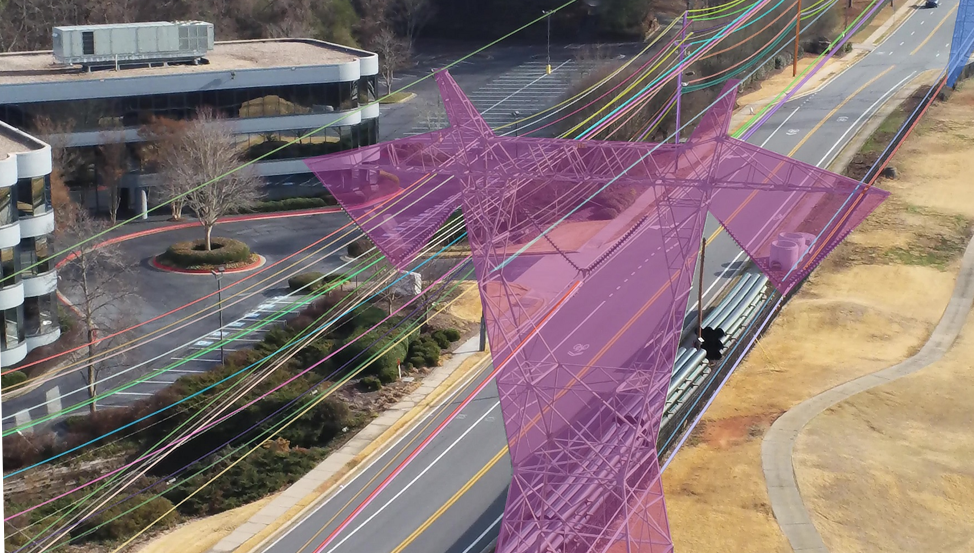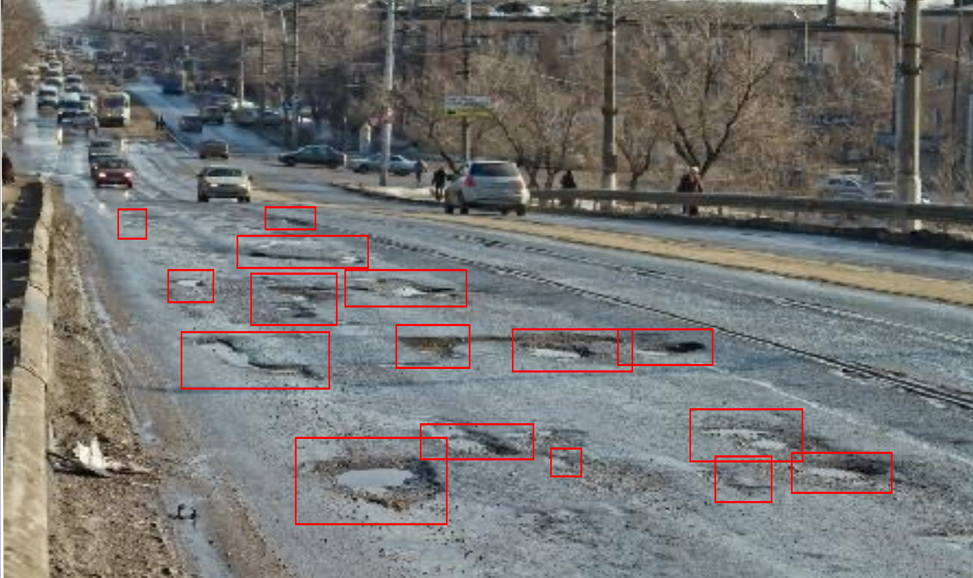Trusted AI for High-Stakes Environments
AI that self-corrects, adapts, and thrives where precision matters most
Cost of AI Mistakes
The real price of unreliable AI in critical environments
Security
A single checkpoint failure → $100M+ disruption
Medical Imaging
Late detection costs 5–10× more than early treatment
Logistics
Unplanned downtime: $10K–$150K/hr (AOG); up to $2M/hr in automotive
Comprehensive AI Platform AvaAI
Quickly Create High Precision AI for High Stakes Environment
AvaAI is engineered for long-tail, rare-event accuracy—targeting the hidden cases that cause the biggest risk and cost. AvaAI powers AI development with efficiency, automation, and real-time intelligence for robotics and computer vision. This end-to-end pipeline automates data labeling, accelerates model training, and enables continuous monitoring. By cutting development time from months to days, AvaAI is the go-to solution for autonomous systems and industrial automation.
GENIE — Targeted Data Curation & Auto-Labeling
GENIE automates data curation and labeling with AI-driven annotation, active learning, and synthetic data generation. It integrates with LIDAR, cameras, and multi-sensor data, cutting labeling costs by 70%–90%. Surfaces rare, high-risk cases; reduces labeling cost 70–90% to focus effort where it matters.
ZELLA — Robust Training & Continuous Adaptation
ZELLA delivers scalable and robust model training for robotic perception, industrial AI, and real-time computer vision. It efficiently manages long-tail object detection, noisy data, and dynamic conditions, ensuring reliable AI performance. Continuously retrains on hard cases to boost rare-class accuracy and reduce misses.
FALCON — Real-Time Monitoring & Performance Assurance
FALCON ensures real-time model monitoring by detecting drift, degradation, and error root causes in live systems. It enables continuous learning, keeping AI adaptive to real-world challenges. Catches errors and drift in production, enables on-the-fly correction for mission-critical reliability.
The Application Layer AXIA
Operational AI that doesn't blink: real-time inference, explainability, and post-hoc investigation.
AXIA powers robotics, automation, and intelligent decision-making, seamlessly integrating AI into security, enterprise, and mission-critical operations. It supports on-premise and cloud deployments, delivering real-time intelligence and deep analytics through: (i) SentinelAI – Edge-based AI for instant detection and alerting. (ii) InsightIQ – Business intelligence with analytics, heatmaps, and trends. (iii) ArchiveAI – Post-hoc AI for search, summarization, and historical insights. Together with AvaAI, AXIA closes the loop—from detection to decision to audit—so rare failures don't slip through.
SentinelAI – AI for Real-Time Monitoring & Robotics Perception
SentinelAI enables real-time monitoring and robotics perception for automation, surveillance, and object tracking. Using edge computing, it ensures instant detection and response in autonomous and industrial systems.
InsightIQ – Actionable AI Analytics for Computer Vision
InsightIQ delivers AI-powered analytics for computer vision, generating heatmaps, object counts, and anomaly detection. It enhances baggage screening, retail insights, warehouse logistics, traffic surveillance, and power grid inspection, turning visual data into actionable intelligence.
ArchiveAI – AI-Powered Search & Post-Hoc Intelligence
ArchiveAI provides AI-powered search and post-hoc intelligence for long-term analysis, compliance auditing, and forensic review. It enhances security, incident analysis, and industrial tracking, enabling efficient retrieval, analysis, and summarization of AI-driven insights.
Harnessing the Power Of AvaAI and AXIA for your Organization
Streaming AI Development, Deployment & Collaboration at Scale With AvaAI and AXIA

People Counting
AI-powered people counting for enhanced security and surveillance.
Optimize staffing and safety in high-throughput checkpoints—without raising false alarms.

Crowd Heatmap
Real-time crowd heatmaps for smarter security and surveillance.
Detect anomalies early to prevent bottlenecks and risk.

Power Line Inspection
AI-driven powerline inspection for efficient maintenance and reliability.
Catch faults before outages and wildfire risk.

Road Ways Inspection
Smart road inspection for early pothole detection and safer travel.
Prioritize repairs before incidents occur.

Obstacle Detection and Avoidance
Autonomous navigation with real-time obstacle detection for seamless mobility.

Autonomous Driving & Surveillance
AI-driven perception for safe and intelligent autonomous road navigation.
Maintain safe perception in edge cases and poor conditions.
Proven where stakes are highest
AvaAI in Action
(threat/rare objects)
(medical/inspection pilots)
in monitoring workflows
after targeted selection
Trusted AI Platform and Services
Enterprise-grade AI solutions with robust security and scalability
ACTOR(S) & DATA SOURCES
Multi-Modal Data
Images, Video & Text Processing
Sensors IoT
Device & Sensor Integration
Robotics
Robotic & AV Systems
Domain Data
Open-Source Intelligence
US DoD, DHS
Security & Infrastructure
AI ROBOTIC LEARNING FRAMEWORK
AvaAI: ENABLER PIPELINE
GENIE
Data Curation and Auto Labelling
ZELLA
Robust Training
FALCON
Trust Worthy Deployments
AXIA: APPLICATION FRAMEWORK
SentinelAI
Real Time Inference
InsightIQ
Deep Insights Prediction
ArchiveAI
Post HOC Analytics
DEPLOYMENT
Hybrid Cloud
Azure, AWS, GCP Integration
Hybrid On-premises
Private Cloud & Local Solutions
Edge On-board
IoT & Mobile Deployment
Domain Specific Data I/F
Serverless & Cloud Solutions
AI Model Hardening
On-premises & Edge Security

